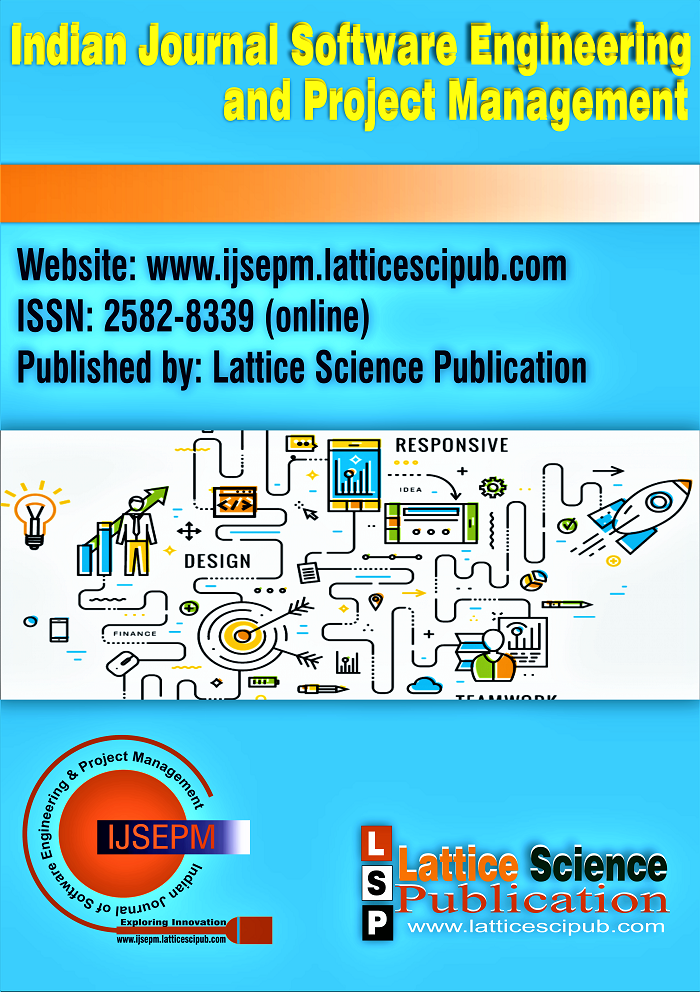Decision Support System for an Art University
Main Article Content
Abstract
A prototype of an automated decision support system for creative universities has been developed, which will allow assessing the achievements particularly talented students and identifying the needs in the learning process in order to help organize the educational process in accordance with identified capabilities. Use of a decision support system based on the Bayesian classifier is suggested which will allow to evaluate factors contributing to the progress in teaching students particular techniques, and in perspective to assess the possible resources that will be required to make changes to the learning. The list of specific performance indicators is given. The system should contribute to the formation of the learning plan, taking into account the capabilities of both a group art workshop as a whole, and special needs of an individual to develop, if necessary an individual approach.
Downloads
Article Details

This work is licensed under a Creative Commons Attribution-NonCommercial-NoDerivatives 4.0 International License.
How to Cite
References
1C: Management by goals and KPI https://solutions.1c.ru/catalog/kpi/features
Asuncion A., Newman D. UCI machine learning repository: Tech. rep.: University of California, Irvine, School of Information and Computer Sciences, 2007.
Davidsson P., Honig B. The role of social and human capital among nascent entrepreneurs. Journal of Business Venturing. 2003. Vol. 18 No. 3, Pp. 301-331. [CrossRef]
Educational Services KPIs. Available at: https://www.spiderstrategies.com/kpi/industry/educational-services/
Jantan H., Hamdan A.R., Othman Z.A. Intelligent Techniques for Decision Support System in Human Resource Management. Available at: https://www.researchgate.net/publication/221908325
Kennedy C. 5 minute read KPI Examples in Higher Education. Posted on May 3, 2010. Available at: https://blogs.sap.com/2010/05/03/kpi-examples-in-higher-education/
Meier, N. C. A measure of art talent. Psychological Monographs, 1928, 39(2), p.184–199. Available at: https://psycnet.apa.org/record/2011-15687-020. [CrossRef]
Meier N.C., McCloy W. An instrument for the study of creative artistic intelligence. Psychological Monographs, 1936. Vol 48(1). p.164-172. [CrossRef]
Metrics for Excellence. Ivan Allen College of Liberal Arts. Available at: https://internal.iac.gatech.edu/poa/1/d
Moetaz J. S. The Impact of Key Performance Indicators (KPIs) on Talent Development. International Journal of Recent Research in Commerce Economics and Management (IJRRCEM) Vol. 3, Issue 4, p.50-57, Month: October - December 2016, Available at: https://www.researchgate.net/publication/311986170_The_Impact_of_Key_Performance_Indicators_KPIs_on_Talent_Development
Parmenter D. Key Performance Indicators: Developing, Implementing and Using Winning KPI's. New Jersey, USA: John Wiley & Sons, inc., 2007.
Peterson E.T. The Big Book of Key Performance Indicators, USA, Web analytics demystified, January 1, 2006.
Pine J., Gilmore J. The Experience Economy, Harvard Business School Press, Boston, 1999.





